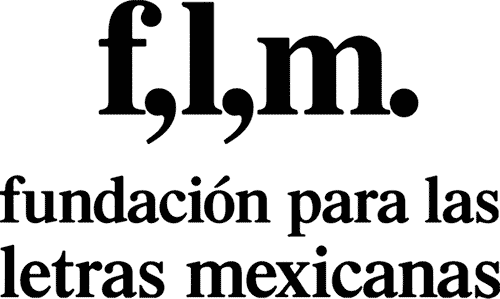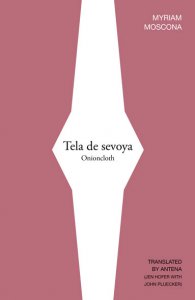Tela de sevoya is an absolutely extraordinary text… it successfully joins past and present, life and death, memory and imagination.
–Juan Gelman
Writers have such respect for language that they think, erroneously, that the mother tongue is a harmless organism. Tela de sevoya is living testimony to the affective links between childhood and language, to the sense of mystery and refuge radiating from that tongue out toward the personal realm. Readers will find, through this tale of the relationship between a girl and her embittered grandmother, an entirely singular world narrated from the point of view of an “I” whose range exceeds the territory of any private life.
–Mario Bellatin
The narrator of Tela de sevoya travels to Bulgaria, searching for traces of her Sephardic heritage. Her journey becomes an autobiographical and imagined exploration of childhood, diaspora, and the possibilities of her family language: Ladino or Judeo-Spanish, the living tongue spoken by descendants of the Jews expelled from Spain in 1492. Memoir, poetry, storytelling, songs, and dreams are interwoven in this visionary text—this tela or cloth that brings the past to life, if only for a moment, and weaves a powerful immediacy into the present.



